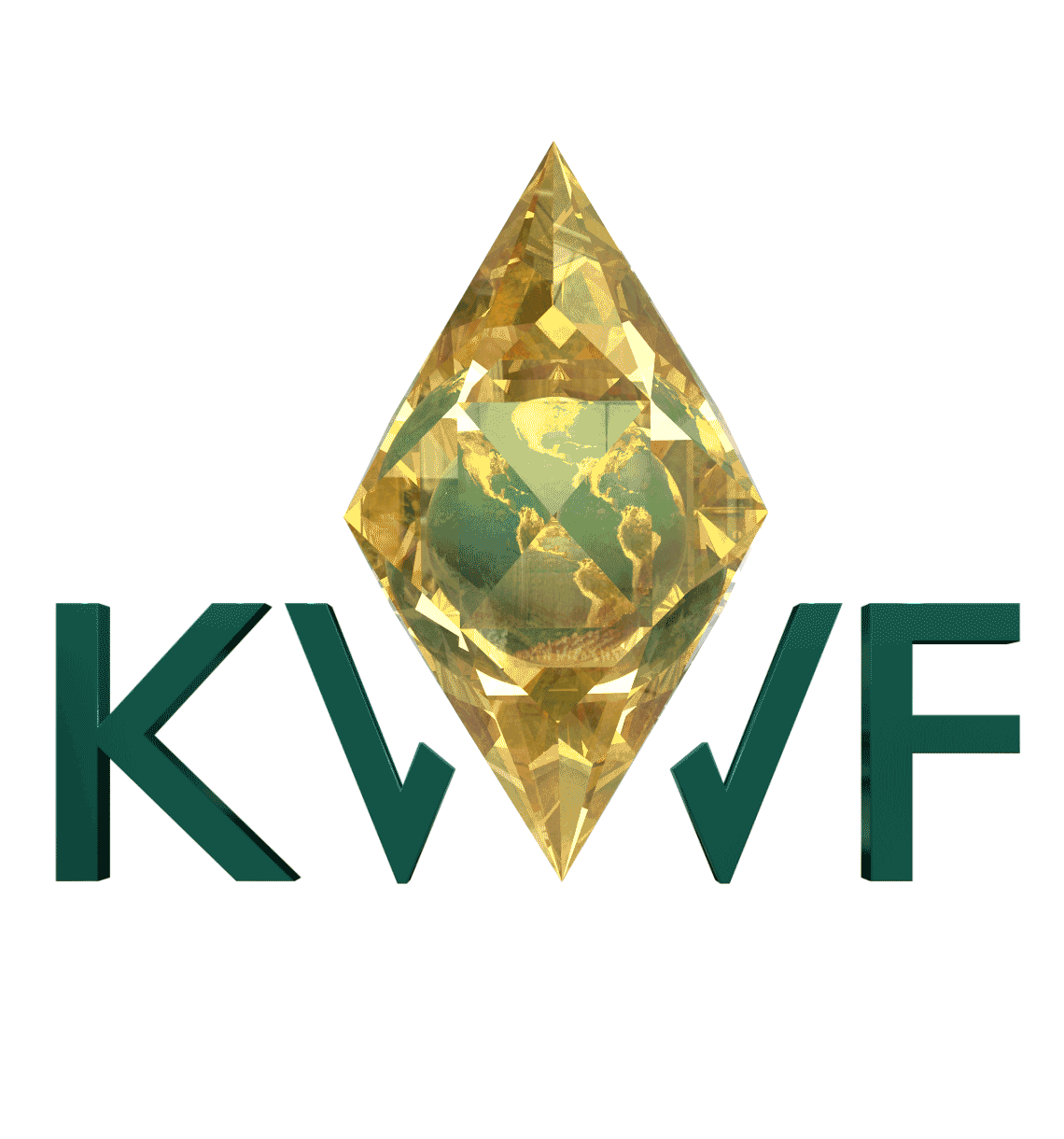A Young SuperHERo Girl's Journey to STEM
- Kashmir World Foundation

- Jul 20, 2017
- 4 min read
By Jasmine Gibson

When we think of science, technology, engineering, and math (STEM) careers, we typically imagine a male-oriented field and for a while, that was what children were raised to believe. Young girls imagined themselves in professions that were more based on art and teaching while young boys were taught how to use tools and fix cars. This was mostly due to the mythical stereotype that boys were better than girls in math and science and that STEM was just too “masculine”. However, as we watched technology change and advance around us and watch our little women become more intrigued in becoming apart of that change, we have come together to break the stereotype of only men being in the STEM field. While in 2009, only 24% of those in the STEM field were women, that statistic has moved up to 40% since then. Although we still have a gap to close, it is obvious that this is only the beginning. Now, there is more support, activities, clubs, and workshops that encourage young girls to get more involved in STEM and lucky for me, I was able to see it in action.
Through an immersive process, Kashmir World Foundation (KwF) was able to conduct a five day hands-on drone building, programming, and flying workshop for fifteen students at Glasgow Middle School thanks to a grant funded by the Business Women's Giving Circle (BWGC).

I spoke with Tanya La’force, the chair of network and education committee and Faith Boettger, the chair of BWGC about how the BWGC functions and how they selected the DaVinci Challenge: Build a Drone Workshop for SuperHERo Girls as one of five winning grants. La’force explained to me that before BWGC can fund an organization’s event, they must first get the money for it. BWGC first employs a model of collective philanthropy and last year they received forty-five members who all granted a thousand dollars each. The grantees who would like to be funded then sends an application that gets reviewed by fifteen members of BWGC where they start an evaluation process with the applicants. After coming up with the finalist, the selected applicants then come in to present their program in an attempt to prove why theirs deserve funding. Kashmir World Foundation was lucky enough to be chosen as one of the grantees the Business Women Granting Circle would fund. They were awarded $5,000 to fund their DaVinci Challenge workshop at Glasgow Middle School.
La’force also expressed her excitement for what the future may hold for these girls who are interested in working with drones, rather it be for environmental purposes, civil purposes, or medical purposes. Although I was only fortunate enough to see the very last workshop meeting, seeing the girls in action and hearing how they would like to incorporate drones into their future careers was inspiring enough. While KwF use their drones for observing sea turtle habitats as well as the behavior of other wild animals, two girls who were involved in the workshop had a different idea. Calece Simmons, an uprising eighth grader, and Sumaya Ga’al, an uprising eighth grader, both conveyed their love for the medical field. I spent time talking with both girls about what they hoped to bring to the operating table. Although they are both more interested in getting their hands dirty with the more interactive part of the OR, they still came up with brilliant ideas on how a drone can be used outside of the hospital. From finding a patient in need to assisting someone who needs urgent care but too far away for manual help, Calece and Sumaya had a lot to say about how they would like to work with drones when it comes to their future careers.

Aside from expressing their creative ideas for how drones could be used, our SuperHERoes also taught those who were there as observers the major components of the drone, how the drone functioned, as well as how well they could fly it. Each group took their turn flying the drone they worked so hard to put together, one by one. To remind the girls what brings the drones back down when they fly a little too high, they record all the information about the drones in a journal that they wrote in every step of the way. It included sketches of their group’s drone and notes explaining the names and jobs of each component that they often referenced back to when a refresher was needed. What was even more exciting was that these journals were going to be passed down to the next workshop group and so on, making these girls the original superHERoes.
By the end of the day, I was not only wishing I had had the opportunity they were fortunate enough to be a part of, but that I was as fearless as these young women were at their age. Something I have learned from watching this workshop in action, and plan on taking with me as I head into the STEM field, is that no one should be afraid to, take a deep breath, stick out their nose, step out their comfort zone and try something new because you never know, you could be the next Katherine Johnson, Tu Youyou, or Edith Clarke; the next superHERo of your time.





Comments